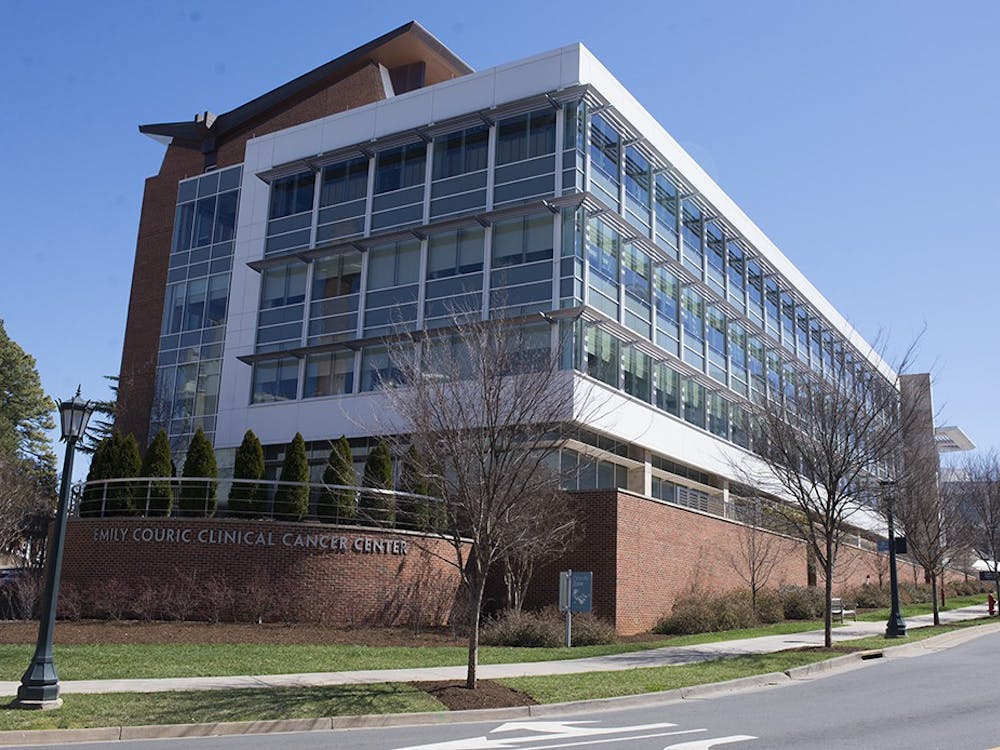Lady and the Tramp over a spaghetti dinner. Audrey Hepburn and George Peppard in the rain in “Breakfast at Tiffany’s.” Britney and Madonna at the VMAs. The soldier and lady in white in Times Square, signaling the end of World War II. Some famous kisses will live on seemingly forever, while other kisses — first kisses in particular — tend to be cringeworthy at best and beg to be forgotten.
What is behind all of this swapping of saliva? That is, when is a kiss more than just a kiss? Not surprisingly, researchers have studied philematology — as the science of kissing is called — extensively and have come up with some very intriguing conclusions.
Kissing is a cultural practice prevalent among an estimated 90 percent of human societies, and even some animal groups as well. Its evolutionary significance, however, is debatable and likely multi-faceted, with theories ranging from courtship rituals to the transfer of regurgitated food from mother to child.
A psychology professor at the University of Albany named Gordon Gallup, Jr. surveyed 1,041 college students, all but five of whom had engaged in romantic smooching, and more than 200 of whom estimated their number of kissing partners at greater than 20. According to the study, 59 percent of men and 66 percent of women reported that a kiss had been a deal-breaker in the past, completely stopping an attraction to another person in its tracks. Apparently, a kiss can be make-or-break for some would-be couples.
While analyzing the data along gender lines, some patterns became very clear. Women attached more importance to kissing than did men and said they would be less likely to engage in a sexual encounter without kissing first — really, this just makes me wonder about the men ... Likewise, men are more likely than women to engage in sexual activity with a partner who is a sub-par kisser — a less-than-shocking glimpse into the workings of the male mind.
On a similar note, men and women apparently have differing opinions about the function of lip locking. While men see kissing as a means to a goal — sex, for example — women tend to use kissing to periodically assess the status of a relationship. Apparently, men have been getting the wrong idea for thousands of years.
Interestingly, the information exchanged during a kiss is much more subtle than Charlotte and the face-licking “bad kisser” in “Sex and the City.” The lips, for their small surface area, have a relatively large associated section of brain, which means that they are super-packed with nerve endings. When two people kiss, they exchange sensory information in the form of smells — think pheromones — tastes and tactile stimuli that may influence their decision about the possibility of future kisses. Some research suggests that partners even can pick up on information about each other’s immune systems using their senses of smell, and women tend to be attracted to partners with different immune systems than their own. It is possible that this is an evolutionary adaptation geared toward creating offspring that would be broadly protected from environmental pathogens.
Science aside, perhaps kissing serves no greater function than stimulating the pleasure centers in our brains and bringing people closer together as couples. Or, as Gallup and company found, kissing may help us choose our mates, and rule out all of the frogs along the way. Although some kisses are less than memorable, and surely different for each of us, they all serve a purpose. So get out there and pucker up.
Emily Graham is a University Medical student. She can be reached at e.graham@cavalierdaily.com.






